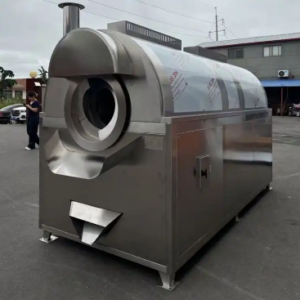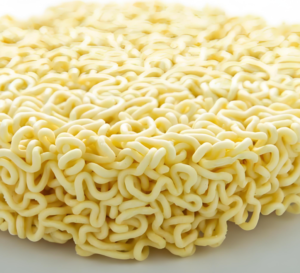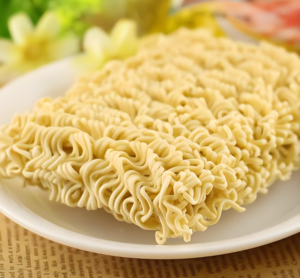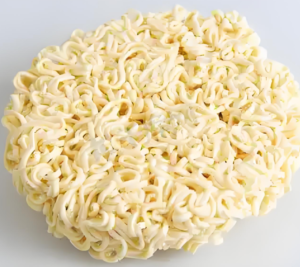How to make Potato Chips ?
Potato chips are one of the most popular snacks worldwide. Their production involves several key steps to ensure crispiness, flavor, and quality. Here’s how they are typically made:
1. Selecting and Washing Potatoes
The process begins with choosing high-quality potatoes, usually varieties with low sugar and high starch content to prevent browning. The potatoes are thoroughly washed to remove dirt and debris.
2. Peeling and Slicing
The cleaned potatoes are then peeled using mechanical peelers. Next, they are sliced into thin, even pieces (about 1-2 mm thick) using rotating blades. Uniform slicing ensures consistent frying.
3. Rinsing and Blanching (Optional)
The slices are rinsed to remove excess starch, which helps prevent sticking. Some manufacturers blanch them in hot water or oil to soften the slices slightly before frying.
4. Frying or Baking
- Frying: The potato slices are submerged in hot oil (around 175–190°C) for a few minutes until golden and crispy.
- Baking: For healthier alternatives, some chips are baked in ovens with little or no oil.
5. Seasoning
After cooking, the chips are drained of excess oil and moved to a seasoning drum. Flavors like salt, cheese, barbecue, or sour cream & onion are evenly sprayed or dusted onto the chips.
6. Cooling and Packaging
The chips are cooled to room temperature before being packed in airtight bags filled with nitrogen gas. This keeps them fresh and prevents breakage during transport.
7. Quality Control
Throughout production, chips are checked for color, texture, and taste. Defective chips are removed to ensure only the best reach consumers.
Conclusion
From potato selection to packaging, each step in chip production is carefully controlled to deliver the crispy, flavorful snack we all love. Whether fried or baked, potato chips undergo precise processing to meet quality standards.
Would you like details on a specific type of chip (e.g., kettle-cooked or flavored varieties)?








